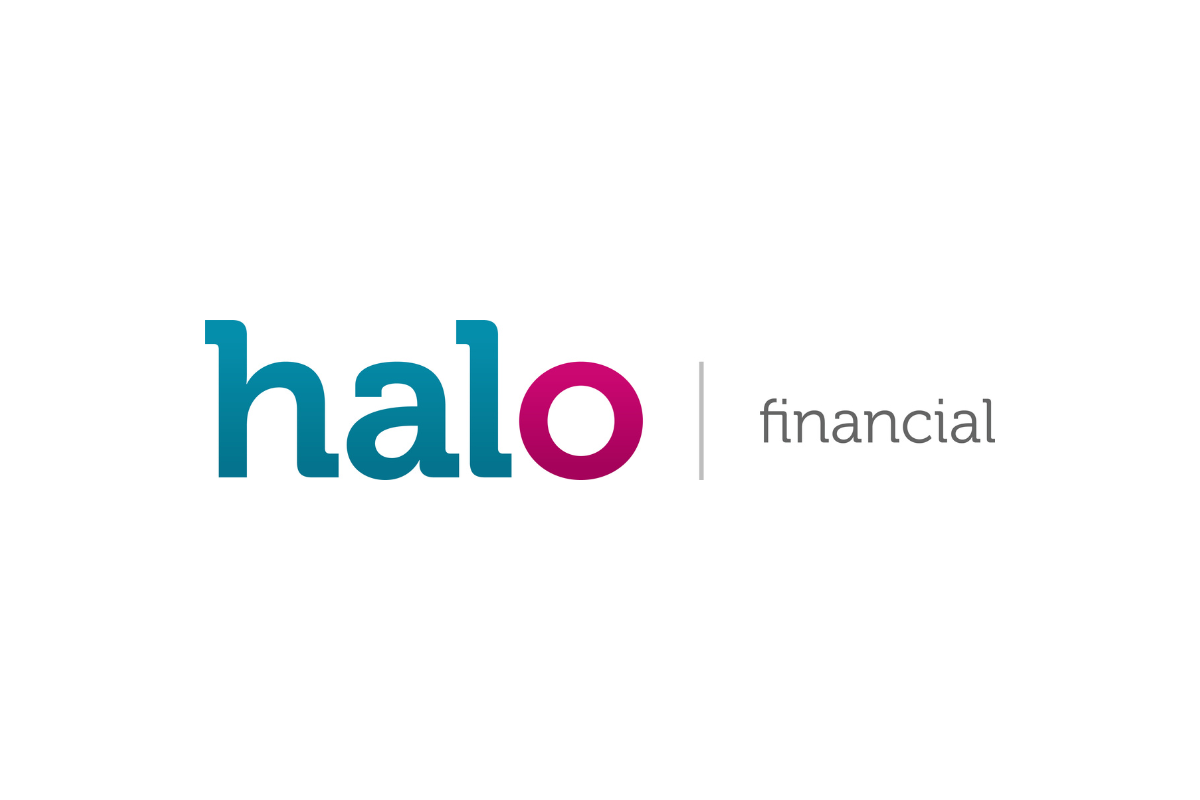
Connections between G10 currency movements and your business's bottom line.
10 Feb 2023
Published in: Member News
Help for businesses who trade cross border
Connections between G10 currency movements and your businesses bottom line.
In the currency markets and in the news, you may often hear the term G10 being mentioned but what exactly are G10 currencies?
G10 currencies are ten of the most heavily traded currencies in the world, which are also ten of the world's most liquid currencies. Traders regularly buy and sell them in an open market with minimal impact on their own international exchange rates.
In business, economics or investment, market liquidity is a market's feature whereby an individual or firm can quickly purchase or sell an asset without causing a drastic change in the asset's price.
Liquidity involves the trade-off between the price at which an asset can be sold, and how quickly it can be sold. In a liquid market, the trade-off is mild: one can sell quickly without having to accept a significantly lower price.
In an illiquid market, an asset must be discounted to sell quickly. Money, or cash, is the most liquid asset because it can be exchanged for goods and services instantly at face value.
Did you know G10 nations differ from G10 currencies?
The G10 nations is a collection of industrialized nations whose economic interests overlap. These nations agree to contribute to the International Monetary Fund (IMF), a deal known as the General Arrangements to Borrow (GAB).
Member countries of the G10 include Belgium, Canada, France, Germany, Italy, Japan, the Netherlands, Sweden, Switzerland, the United Kingdom, and the United States.
As a borrowing arrangement, the G10 countries meet at the Bank for International Settlements (BIS) to oversee financial matters and loan agreements.
Generally, we hear about GBP (Pound Sterling) verses EUR (Euro) & USD (US dollar), so we thought it would be a good opportunity to look at how GBP has performed against the G10’s over the last 12 months.
GBP/EUR 52 week high: EUR 1.2173 52 Week low: EUR 1.0813 Variance: 11.2%
GBP/USD 52 week high: USD 1.3643 52 Week low: USD 1.0348 Variance: 24.2%
GBP/CHF 52 week high: CHF 1.2617 52 Week Low: CHF 1.0172 Variance: 19.4%
GBP/CAD 52 week high: CAD 1.7377 52 Week low: CAD 1.4043 Variance: 19.2%
GBP/JPY 52 week high: JPY 172.12 52 Week low: JPY 148.64 Variance: 14%
GBP/SEK 52 week high: SEK 13.24 52 Week low: SEK 11.85 Variance: 10.5%
GBP/NZD 52 week high: NZD 1.7377 52 Week low: NZD 1.4043 Variance: 19.2%
GBP/AUD 52 week high: AUD 1.9220 52 Week low: AUD 1.5873 Variance: 17.5%
How has this movement affected UK businesses? Currency movements can affect businesses across the Black Country. A business is buying USD 500,000 and EUR 500,000. The costs below are from the Highs and the lows of GBP/USD & GBP/EUR over the last 12 months.
USD 500,000 @ USD 1.0348 = GBP 483,185.15
USD 500,000 @ USD 1.3643 = GBP £366,488.30
Sterling Variance of £116,696.85
EUR 500,000 @ EUR 1.0813 = GBP £462,406.36
EUR 500,000 @ EUR 1.2173 = GBP £410,745.09
Sterling Variance of £51,661.27
Whilst the currency movements occurred over a 12-month period, and not overnight, this shows just how much businesses can be exposed to market movements, and be easily caught out. This as a result can erode profit margin, cash in bank, and even result in a business making a loss on a deal.
In the current climate, with factors such as inflation rates, energy costs and interest rates to name a few, business should look for certainty rather than uncertainty.
Learn more about how G10 currency movements can affect your business in the Black Country with Halo Financial. Email: blackcountrychamber@halofinancial.com
*12-monthpricing based on 02/02/2023
Comments
Post A Comment
You must be logged in to post a comment. Please click here to login.








